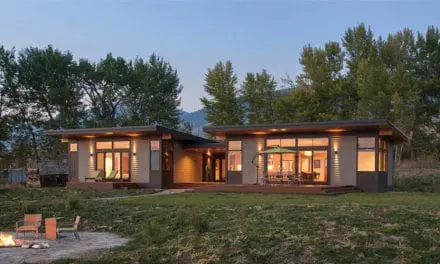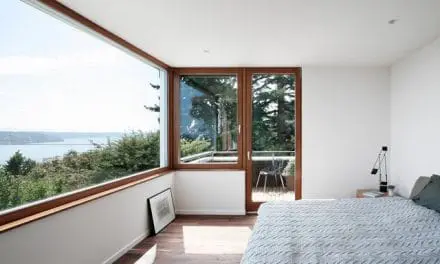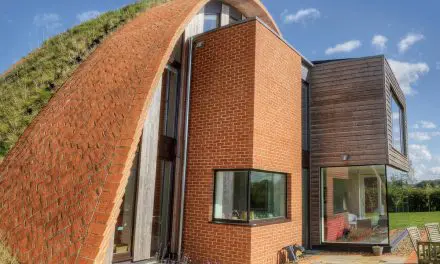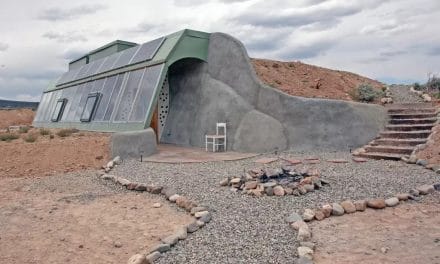Hive Modular does not have a working website or verified means of contacting them.
This article is provided for historical archive purposes only.
Hive Modular homes leverage the efficiencies of prefab while providing a high level of design. They are designed to be constructed by modular construction techniques, which provide a high level of quality control, minimize exposure of building materials to the elements, and shortens construction time.
Hive homes adhere to basic sustainable design ideas such as building small and efficiently. They value high-modern, yet efficient living by not over-sizing their spaces. Also, they believe in creating a tight building envelope with high-quality windows and insulation. Hive’s architects are experienced with environmentally responsible materials and systems and can work with you to include green ideas and solutions of your choice – from bamboo floors to LEED certification.
- Hive works with pre-existing factories throughout the US and Canada to minimize shipping costs and embodied energy of the home.
- Modular and other off-site systems build faster and cleaner, with 50% to 75% less waste than standard construction and a lower embodied energy than a site-built home.
- Impact to the site is dramatically reduced because of a shorter on-site construction time
- Due to the “inside to outside” modular construction technique, the houses can be sealed to have extremely low air infiltration.
- FSC certified wood (standard for all Canadian projects)
- Dual pane, Low E, argon filled windows


- Radiant in-floor heat keeps warmth where it is needed – at human level. (optional)
- Highly efficient building envelope with spray-in foam insulations (which are more effective than fiberglass batting and minimizes mold/ reduced air infiltration). Past projects have included staggered stud walls with maximum insulation, achieving a R-36 wall
- PEX tubing is resistant to scale, chlorine, and corrosion and its installation does not involve lead-based solder like conventional plumbing systems. It also does not transfer heat as easily as copper systems, resulting in energy savings
- Locally sourced materials are used whenever possible
- High-efficiency heating and cooling systems. Past projects have installed Conomatic heating systems.
- Geothermal systems have been installed in many of their past projects. (optional)
- HRV air-to-air heat exchanger units for maximum air quality.(optional)
- On-demand hot water heaters keep energy usage low. (optional)
- Dual-flush toilets
- Energy-efficient LED and CFL lighting (optional)
- Recycled and reclaimed finishes are incorporated whenever possible
- Large window groupings are used to bring in maximum natural daylighting. When possible, they utilize clerestory windows, 2-story spaces, and translucent walls to bring natural light into every part of the home.

What else?
- 2-story spaces create chimney effect for good airflow and passive ventilation. It also helps to create dramatic interior spaces and make a small home feel larger.
- Open living areas and 2-story spaces give the feeling of “grand” spaces without requiring a large square footage to be built. They prefer clients live in smaller well-designed spaces rather than to build large homes with seldom-used rooms.
- They have a LEED accredited designer who can work with you to get your project certified.
- Homes can also be built to earn Energy Star, MN Green Star, and R-2000 certifications (among others).
All green features and systems are optional, but highly encouraged. Some popular individual green elements are:
– Geothermal
– Solar
– Green Roofs
– Rainwater collection
– Closed-cell spray foam insulation
– ICF foundations
– FSC certified lumber
– No-VOC paints
– Recycled-content tile








